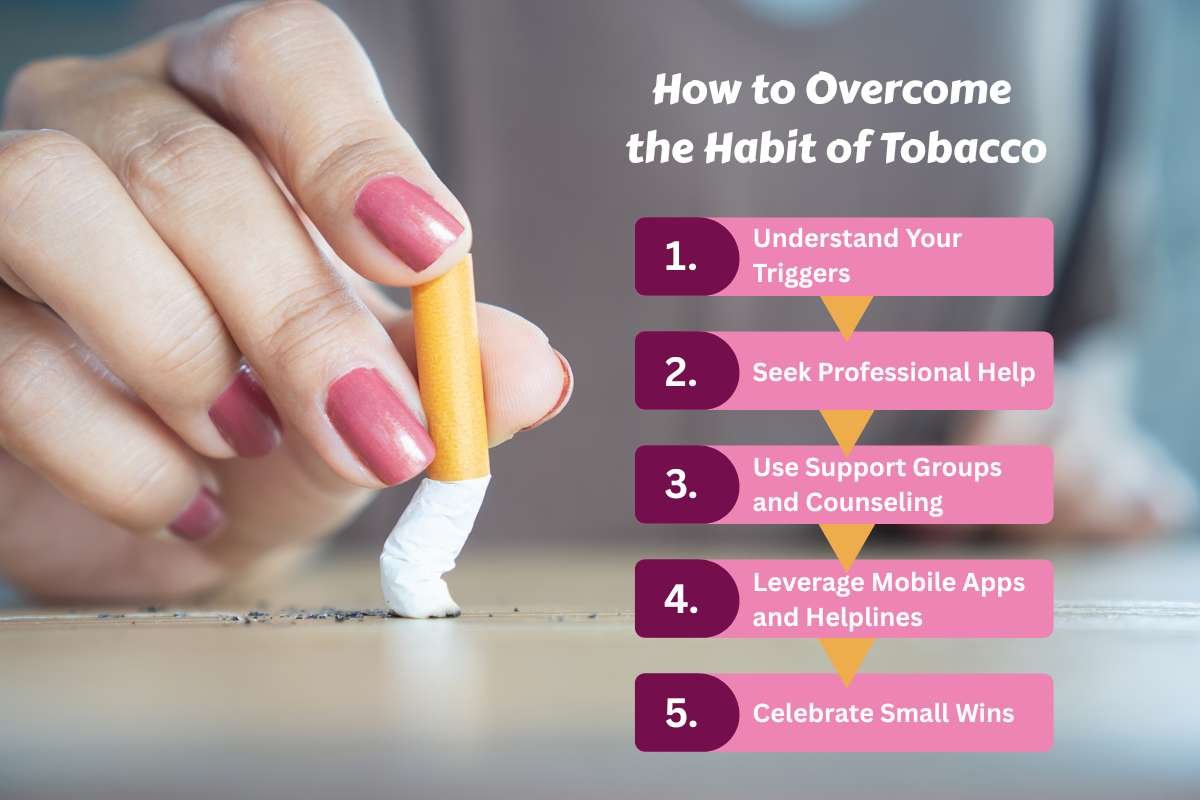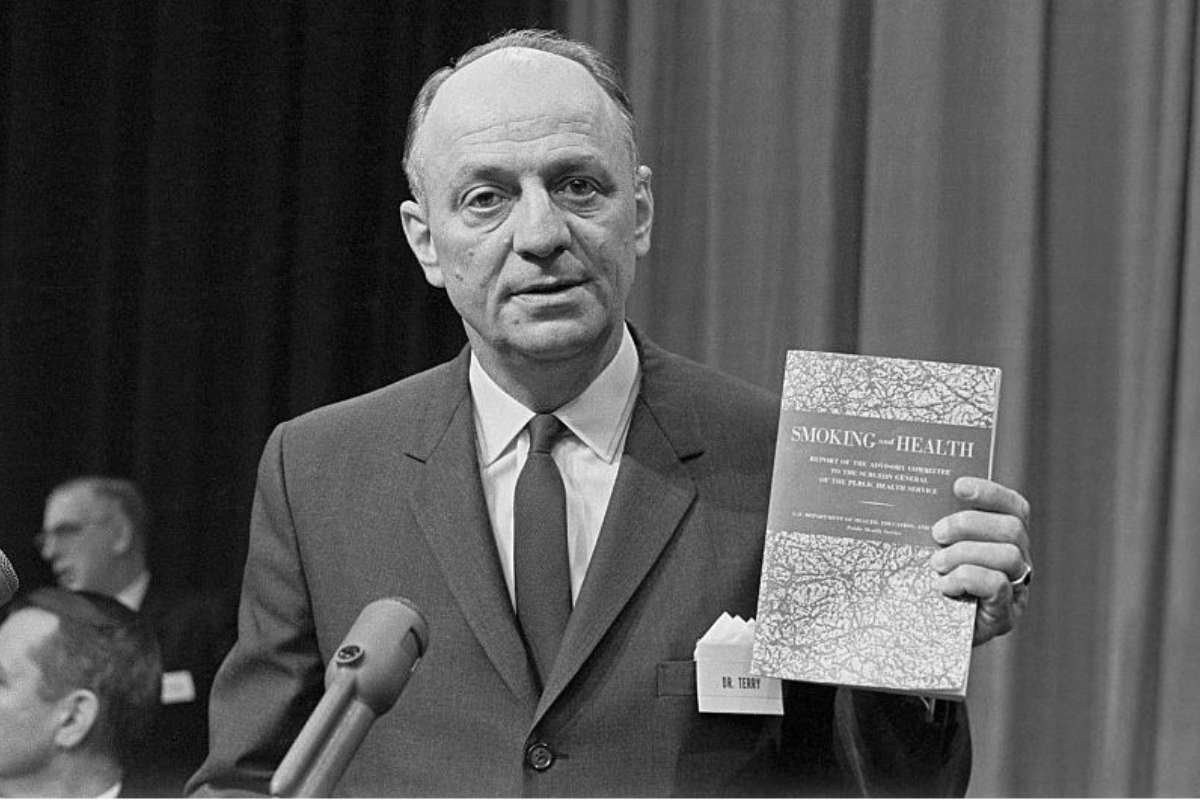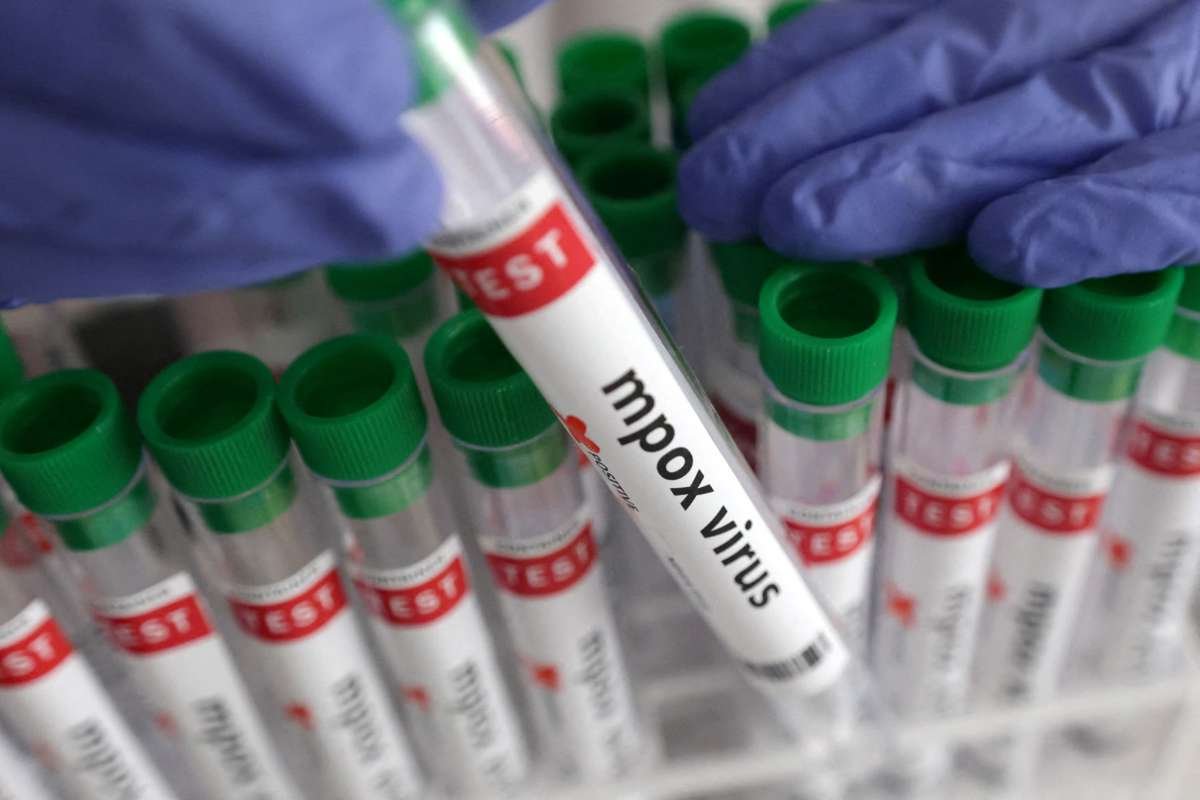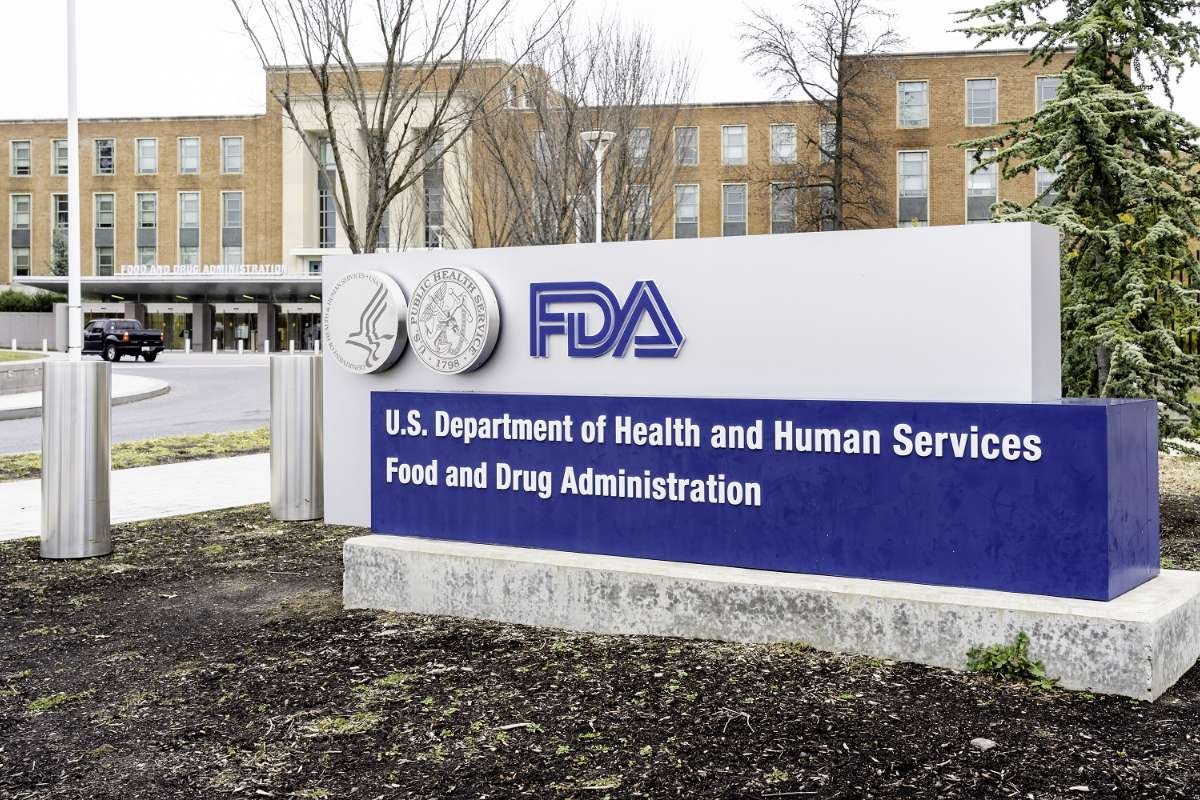Do you know that excess consumption of tobacco has almost killed 1.1 million people, and 153,000 die from exposure to second-hand smoke? The effects of tobacco reach beyond smokers and impact everyone nearby.
According to the World Health Organization (WHO), Tobacco remains one of the deadliest substances affecting public health today. In the WHO European Region alone, the effects of tobacco are profound, accounting for 15.4% of all male deaths and 4.7% of female deaths in 2021. Tobacco use is a major contributor to serious diseases: it is responsible for 26% of ischemic heart disease deaths in men and 7% in women.
Even more striking, tobacco causes 71% of lung cancer deaths in men and 46% in women, with seven out of ten lung cancers in men directly linked to tobacco use. These staggering statistics highlight the urgent need to understand and address the harmful effects of tobacco on health.
10 Serious Effects of Tobacco on the Human Body
Tobacco contains more than 7,000 chemicals, of which at least 250 are harmful and 69 are known to cause cancer. The following are the most critical health effects of tobacco:
1. Lung Disease and Chronic Respiratory Conditions

Tobacco is the primary cause of chronic obstructive pulmonary disease (COPD) and emphysema. The effects of tobacco inflame the lungs, narrow air passages, and destroy alveoli, leading to breathlessness and irreversible lung damage. Tobacco smoke contains tar, carbon monoxide, and other carcinogens that inflame the airways and destroy lung tissue.
>. Chronic Obstructive Pulmonary Disease (COPD):
A group of conditions including chronic bronchitis and emphysema. Tobacco causes the bronchial tubes to swell and produce excess mucus, resulting in persistent coughing and difficulty breathing.
>. Emphysema:
Destroys the walls of the alveoli (tiny air sacs in the lungs), making it difficult to exchange oxygen.
>. Asthma Triggers:
Smoking can exacerbate asthma symptoms and increase the frequency and severity of attacks.
>. Lung Infections:
Smokers are more prone to bronchitis, pneumonia, and tuberculosis.
Even secondhand smoke exposure can impair lung development in children and cause respiratory illnesses.
Do you know: According to the World Health Organization, seven of 10 lung cancers in men are related to tobacco use.
Also Read :-California Emerges as a Top State for Lung Health in National Study
2. Heart Disease and Stroke
The effects of tobacco extend to the cardiovascular system. Nicotine increases heart rate and blood pressure, while other chemicals damage the lining of arteries. This raises the risk of heart attacks, strokes, and peripheral artery disease significantly. In fact, smokers are 2 to 4 times more likely to develop heart disease than non-smokers.
> Atherosclerosis
Build-up of plaque in arteries, narrowing them and restricting blood flow.
> Hypertension (High Blood Pressure)
Nicotine stimulates adrenaline release, causing blood vessels to constrict and the heart to beat faster.
> Increased Risk of Stroke
The risk of ischemic stroke increases due to blood clot formation.
> Coronary Heart Disease
Smokers are twice as likely to develop heart disease compared to non-smokers.
Quitting tobacco can dramatically reduce these risks within a year.
Also Read :- LDL cholesterol: New Research Challenges Long-Held Heart Disease Beliefs
3. Cancer (Beyond Just the Lungs)
While lung cancer is the most well-known, tobacco use is also linked to cancers of the mouth, esophagus, pancreas, kidney, bladder, stomach, and even cervix. According to the National Cancer Institute, nearly 30% of all cancer deaths in the U.S. are related to tobacco use.
More than 69 carcinogens in tobacco directly damage DNA and lead to uncontrolled cell growth. Tobacco is linked to at least 16 types of cancer, including:
>. Lung Cancer
Over 85% of lung cancer cases are caused by smoking.
>. Oral Cancers
Includes lips, tongue, cheeks, and roof of the mouth—especially from chewing tobacco.
>. Throat and Esophageal Cancer
The effects of tobacco irritate the mucous membranes, causing mutations.
> . Bladder Cancer
Tobacco byproducts are filtered by the kidneys and stored in the bladder, damaging the lining.
> . Cervical Cancer
Tobacco weakens the immune system’s ability to fight HPV, a leading cause of cervical cancer.
Smokeless tobacco products are not safer alternatives—they are equally carcinogenic.
4. Weakened Immune System
Long-term tobacco exposure weakens your immune system, making your body less capable of fighting infections like pneumonia, tuberculosis, and influenza.
Tobacco use weakens the immune response, making the body more susceptible to infections and diseases. It:
- Reduces antibody production, making vaccines less effective.
- Increases inflammatory markers like C-reactive protein (CRP), keeping the body in a constant state of low-grade inflammation.
- Suppresses white blood cell activity, hindering the body’s ability to fight pathogens.
- Prolongs wound healing, a major concern post-surgery or injury.
This immune dysfunction means smokers recover more slowly and are more prone to severe illnesses.
5. Reproductive Issues and Fertility Problems

Tobacco affects both male and female fertility. In women, it can lead to reduced fertility, miscarriages, and ectopic pregnancies. In men, it lowers sperm count and affects sperm motility.
Tobacco’s toxins affect hormonal balance and reproductive organs:
>. In Women
Delays conception, increases miscarriage risk, affects egg quality, and accelerates menopause. It also reduces the success rate of IVF treatments.
>. In Men:
Reduces sperm count, motility, and increases DNA damage in sperm—leading to infertility or birth defects.
>. During Pregnancy
Increases the risk of low birth weight, premature delivery, ectopic pregnancy, stillbirth, and sudden infant death syndrome (SIDS).
Nicotine crosses the placenta and impacts fetal brain development, sometimes causing long-term behavioral or cognitive issues.
6. Premature Aging and Skin Damage
Smokers tend to develop wrinkles and sagging skin earlier due to the restricted blood flow and lowered oxygen levels caused by tobacco use. Collagen production is reduced, accelerating premature aging.
- Restricts blood flow, depriving skin cells of oxygen and nutrients.
- Breaks down collagen and elastin, leading to wrinkles and sagging skin.
- Causes dull, uneven skin tone and age spots.
- Delays healing from acne, scars, or other skin conditions.
“Smoker’s face” is a well-known phenomenon marked by deep lines, a gaunt appearance, and a greyish skin tone.
7. Dental and Oral Health Problems
Smokeless tobacco and smoking are both harmful to oral health. Tobacco use causes gum disease, tooth decay, bad breath, and in many cases, oral cancer.
Tobacco’s direct contact with the mouth wreaks havoc:
> . Gum Disease (Periodontitis)
Leads to tooth loss, receding gums, and bad breath.
>. Tooth Discoloration and Decay
Tobacco stains enamel and promotes bacterial growth.
> Mouth Sores and Leukoplakia
White patches inside the mouth can become cancerous if left untreated.
>. Oral Cancer
Smokeless tobacco users are especially vulnerable, with lesions developing in the cheek, lip, and tongue areas.
Routine dental visits may reveal early signs of tobacco damage even before the user notices symptoms.
8. Mental Health Issues
While some use tobacco to manage stress, long-term use is linked to increased anxiety, depression, and mood disorders. Nicotine addiction alters brain chemistry, which can worsen mental health over time.
>. Nicotine Dependence
Alters brain chemistry, leading to addiction.
>. Anxiety and Depression
Although it offers temporary relief, withdrawal and cravings heighten emotional distress over time.
>. Cognitive Decline
Long-term smoking is associated with an increased risk of dementia and Alzheimer’s disease.
Emerging research shows that quitting tobacco may improve mental health in as little as 6–12 weeks.
Also Read – Improve Mental Health: 10 Simple Ways to Feel Better Every Day
9. Reduced Bone Density
Tobacco affects calcium absorption and reduces bone-forming cells. This leads to osteoporosis, especially in women, increasing the risk of fractures and slow bone healing.
Smoking decreases bone density by:
- Reducing calcium absorption in the intestines.
- Lowering levels of estrogen (in both men and women), a hormone essential for bone health.
- Inhibiting bone-producing cells (osteoblasts).
- Delaying fracture healing and increasing the risk of complications post-surgery.
Elderly smokers are at high risk of hip fractures, which often lead to long-term disability.
10. Risks to Others: Secondhand Smoke
.jpg)
Non-smokers exposed to tobacco smoke suffer many of the same consequences as smokers. Secondhand smoke can cause asthma attacks, respiratory infections, and even sudden infant death syndrome (SIDS) in children.
Secondhand smoke contains over 250 toxic chemicals and is particularly dangerous to children and pregnant women. Its effects include:
>. Asthma and Bronchitis in Children
Even brief exposure can trigger severe attacks.
>. Ear Infections
Leading to hearing loss or frequent use of antibiotics.
>. Sudden Infant Death Syndrome (SIDS):
Infants exposed to smoke during or after birth are at higher risk.
>. Heart Disease and Lung Cancer in Adults
Non-smokers living with smokers have a 20-30% higher chance of developing heart disease.
There is no safe level of exposure to secondhand smoke. Policies that promote smoke-free homes and workplaces are vital.
How to Overcome the Habit of Tobacco?

Breaking free from the effects of tobacco addiction is difficult, but entirely possible. Here’s a research-backed approach to quitting tobacco successfully:
1. Understand Your Triggers
Most people use tobacco to cope with stress, boredom, or social pressure. Identify these triggers so you can avoid or manage them more effectively.
2. Seek Professional Help
Quitting cold turkey works for some, but many benefit from nicotine replacement therapy (NRT) or prescription medications like bupropion or
3. Use Support Groups and Counseling
Behavioral therapy, peer support, and group sessions can increase your chances of quitting by over 50%. Organizations like Nicotine Anonymous and QUIT India Movement offer valuable emotional support.
4. Leverage Mobile Apps and Helplines
Several digital tools like QuitNow!, Kwit, and Smokefree.gov provide reminders, track progress, and offer motivational tips. In India, you can call the national quitline at 1800-112-356.
5. Celebrate Small Wins
Each tobacco-free day is a victory. Set milestones and reward yourself for each one—whether it’s a spa day, a new book, or lunch with friends.
Famous Doctors on the Effects of Tobacco
1. Luther L. Terry, M.D. – U.S. Surgeon General (1961–1965)

Dr. Terry led the 1964 U.S. Surgeon General’s landmark report, Smoking and Health, which declared a causal relationship between smoking and lung cancer, chronic bronchitis, and other serious illnesses. In its foreword, he stated:
“Few medical questions have stirred such public interest or created more scientific debate than the tobacco health controversy… Nevertheless, it has been increasingly apparent that answers must be found.”
His leadership in that report marked a turning point in global tobacco control.
2. Dr. Philip Barber, Pulmonologist
Dr. Barber, a veteran pulmonologist with extensive experience in respiratory illnesses, strongly advocates for smoking cessation as the most effective preventive healthcare step. Highlighting the widespread harm beyond cancer—including cardiovascular and pulmonary conditions—his statement is a sharp reminder that tobacco use is a public health crisis, not just a personal habit.
“The most important thing is not to smoke. Lung cancer kills 35,000 people a year in the UK. It is not only cancer; lots of diseases are caused by smoking. So the message is: don’t smoke and if you do smoke, try to quit.” ~ Philip Barber
3. Prof. Stefan Marciniak
Prof. Marciniak emphasizes the indiscriminate risk of tobacco, explaining how genetics only accounts for a fraction of disease risk, while smoking increases vulnerability for everyone. His comment reinforces that no one is immune to the damage caused by the effects of tobacco.
“If you smoke, you’ve got a 50% chance of dying from smoking. Only 20% of us have a genetic predisposition to get emphysema. Though any of us can develop cancer if we smoke, or suffer strokes or heart attacks.”
Conclusion
Tobacco harms your body in many serious ways, and some damage can’t be fixed. These effects of tobacco can cause breathing problems, heart issues, higher chances of cancer, and even affect your mental health. But the good news is that you can quit anytime. With the right attitude, help from experts, and support from others, you can stop using tobacco and improve your health.
Quitting tobacco doesn’t just help you live longer—it helps you enjoy life more.
Read More :- When Every Puff Leaves a Mark: Understanding the Effects of Smoking Cigarettes









